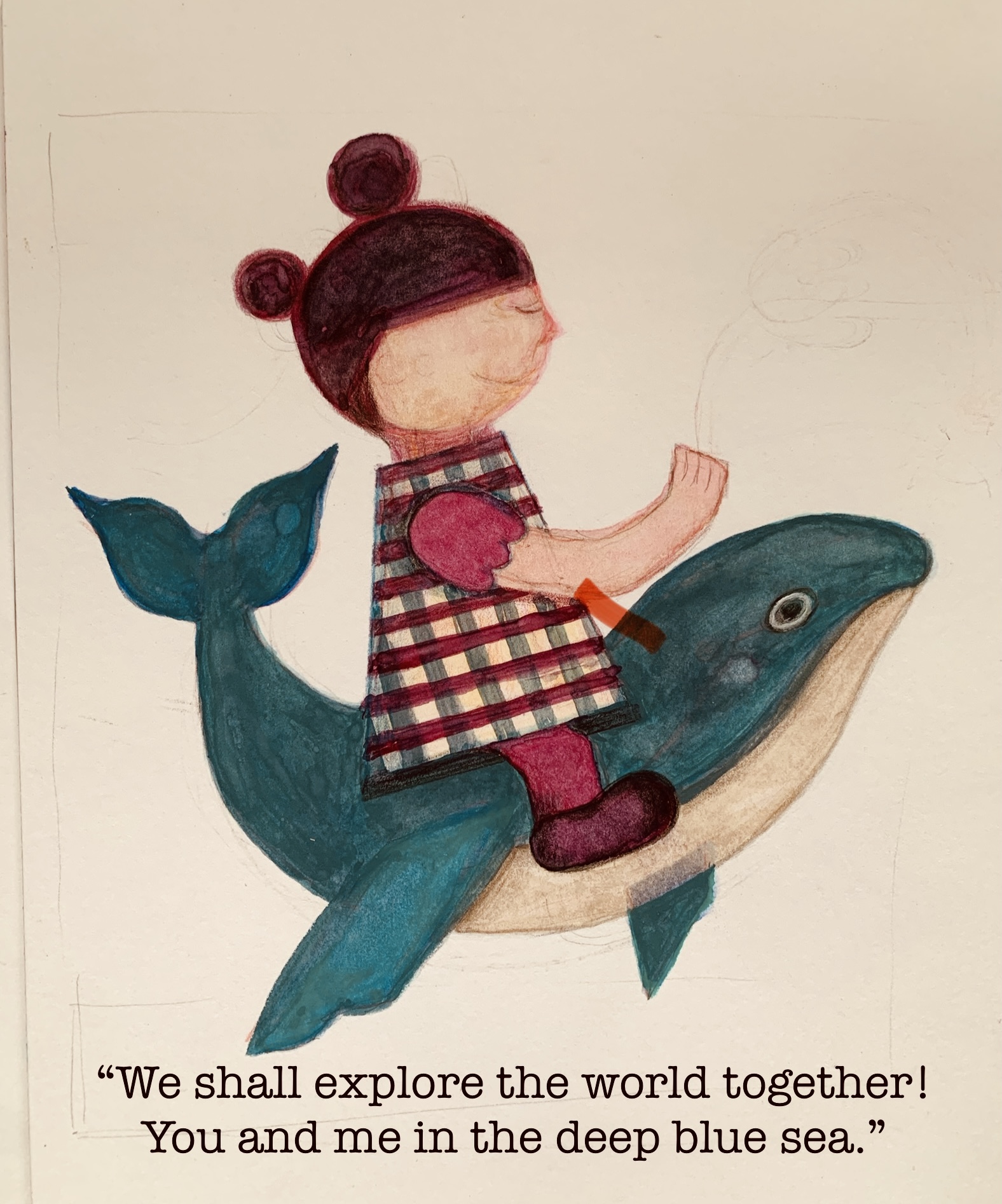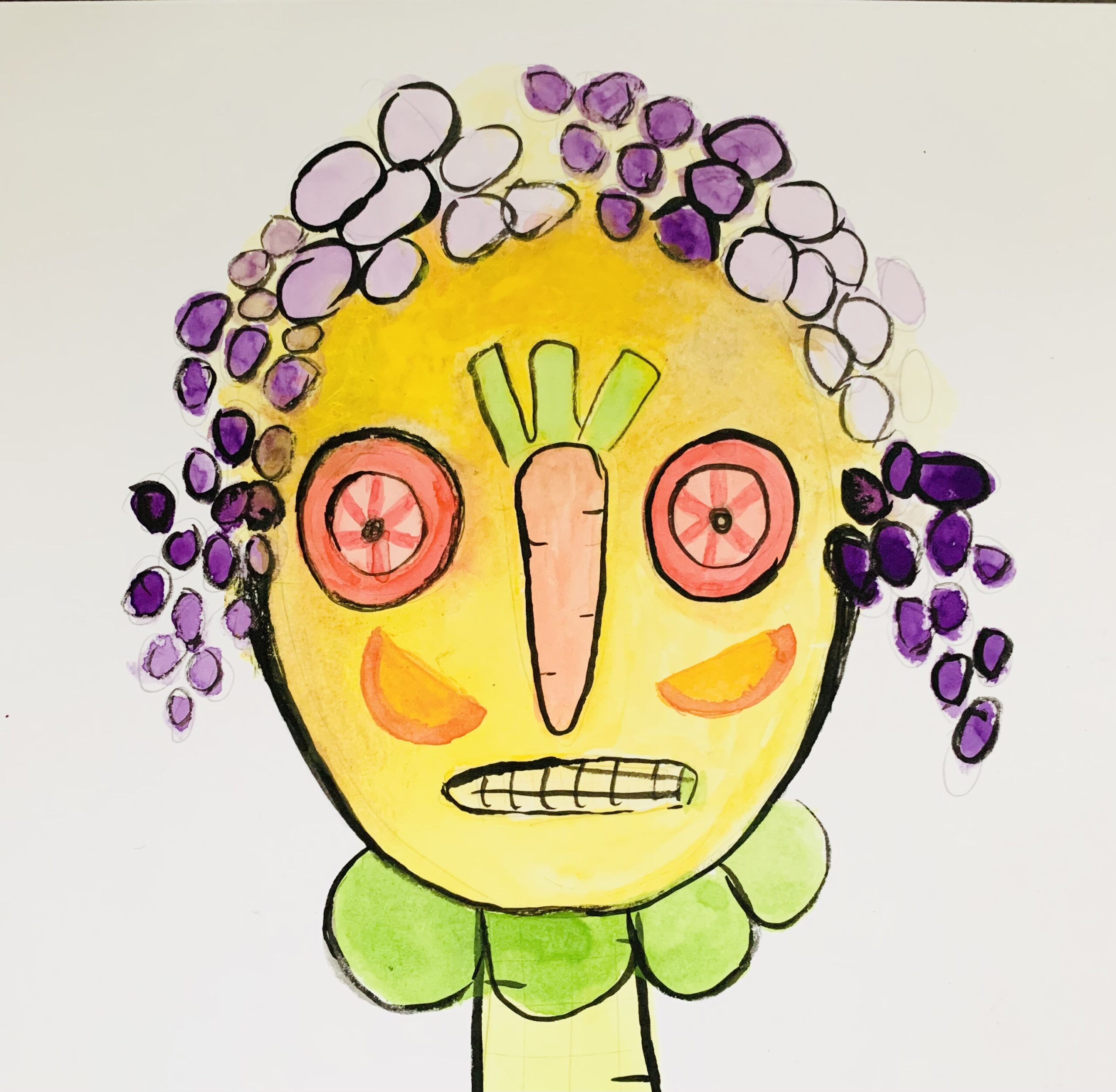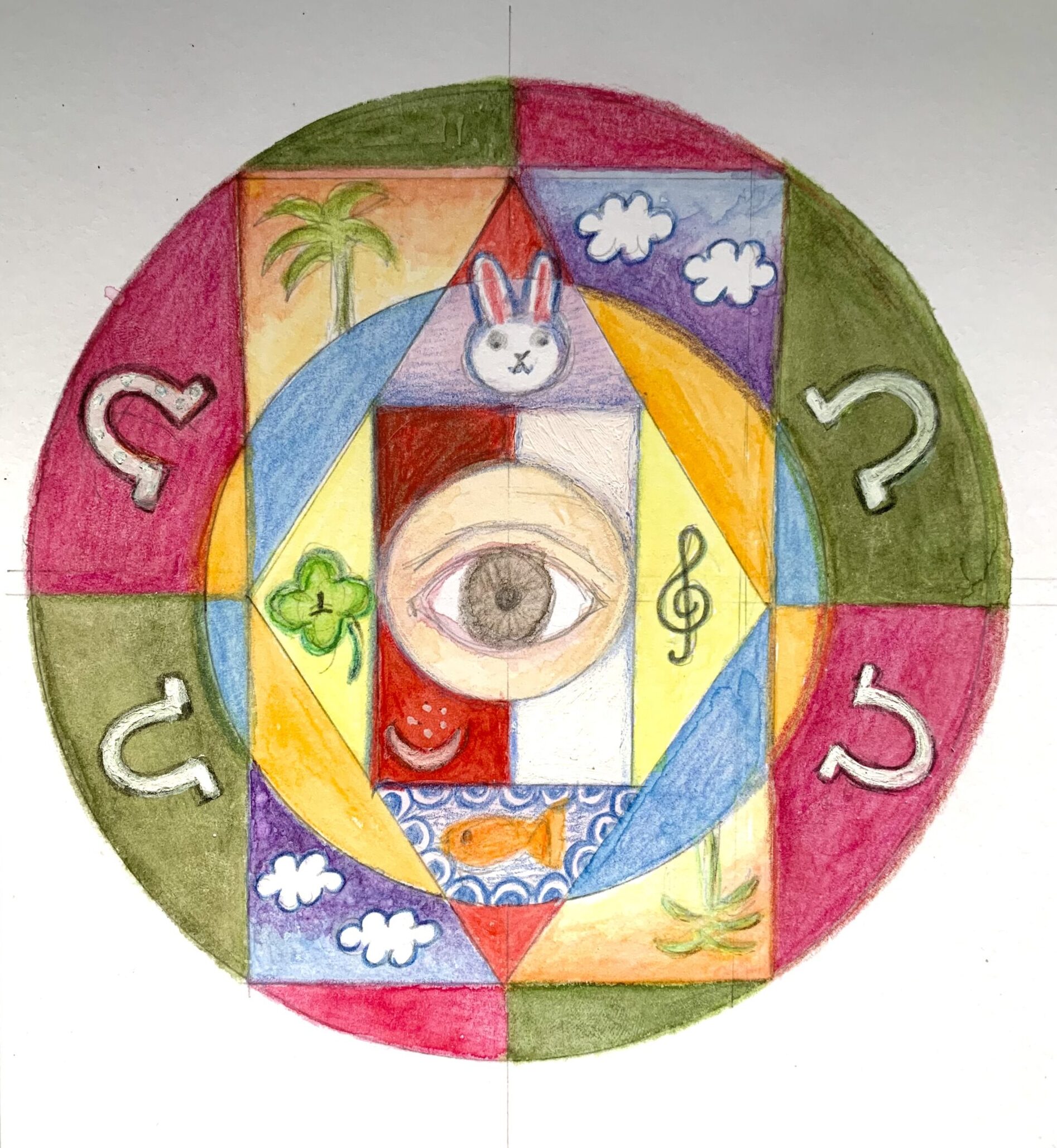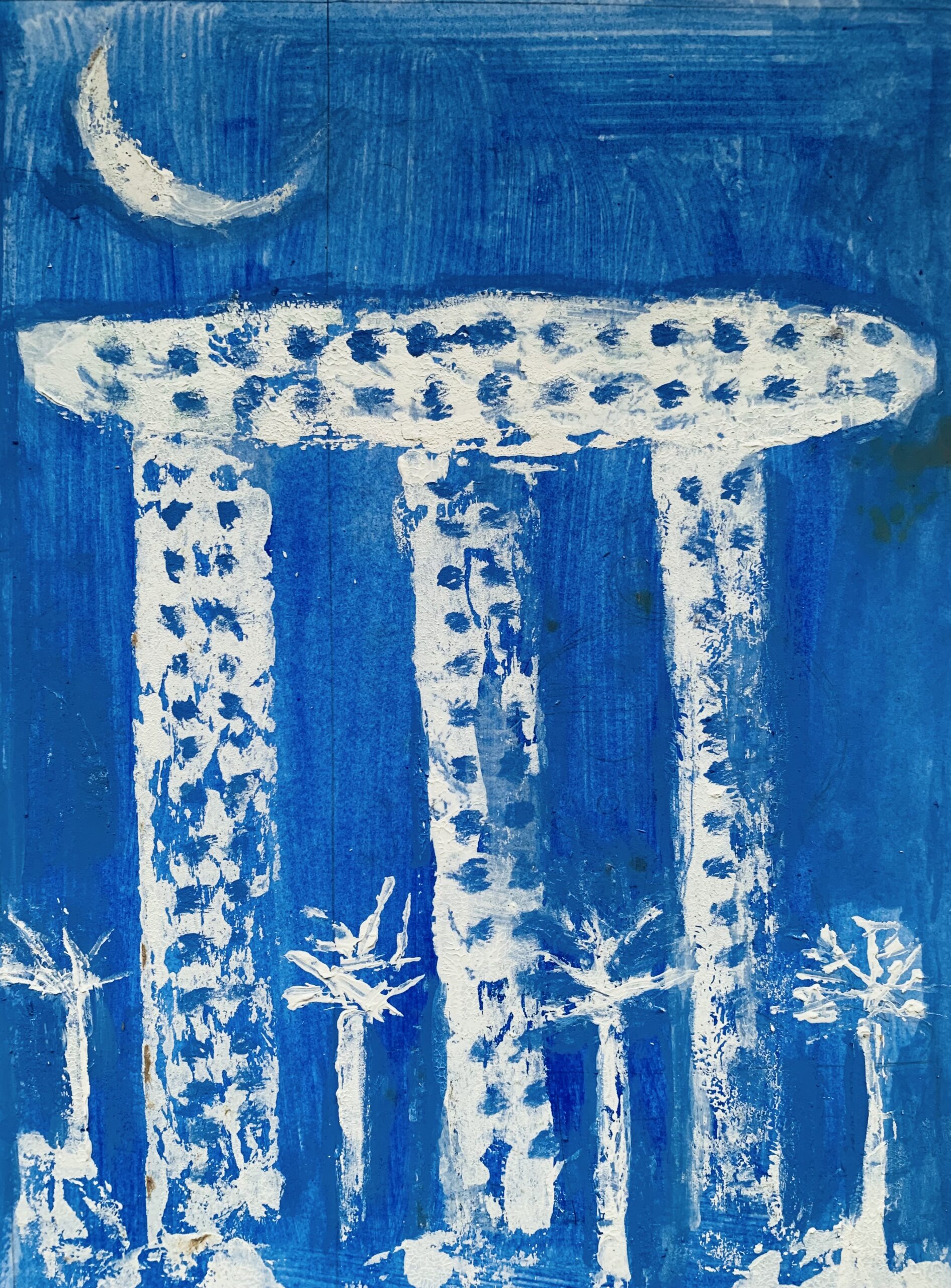-
Exploring the World of Storybook Illustration and Authorship

Statement of Inquiry: Children’s book illustrations play a vital role in storytelling by visually communicating emotions, themes, and ideas, enhancing the reader’s understanding and connection to the narrative. Through the exploration of different artistic techniques and styles, students can better grasp how illustrations shape the reading experience for young audiences. Related Concept: Visual Literacy: The…
-
Exploring Self-Identity through the Magic of Giuseppe Arcimboldo

Statement of Inquiry: Our identities can be expressed through a combination of personal experiences, choices, and perceptions, which can be represented creatively through art and reflection. Related Concept: Identity and Expression Global Context: Personal and Cultural Expression Brief: Students will explore the theme of “self-identity” by creating a self-portrait inspired by the works of Giuseppe…
-
Exploring the Magic of Identity, Place and Time with Cave Painting

Statement of Inquiry: The evolution of art reflects the changing relationships between humans, their environment, and their understanding of the world, revealing stories of identity and place across time. Related Concept: Expression (how humans use art to communicate ideas, beliefs, and experiences) and Connection (how art is influenced by culture, environment, and historical context). Global…
-
Exploring the Reflection of Self with Magic Mandalas

“About Me” Mandalas as a Reflection of Self Central Idea: Through the creation of a Mandala, we explore who we are, our values, and how we connect to the world around us. Key Concepts: Related Concepts: Inquiry Questions: Global Context: Identities and RelationshipsThis global context explores how individuals and groups interact, express their identities, and…
-
Exploring “who We Are” through the Magic of Blueprint Printmaking

Statement of Inquiry: How can printmaking, through the process of creating blueprints, help us explore the relationship between architecture, identity, and the built environment? Related Concept: Expression, Structure, Identity Global Context: Personal and Cultural Expression – Exploring the role of architecture in shaping our identity, how specific buildings or landmarks reflect cultural values, and how…
-
Exploring Amazing Blue and White Ceramics: A Lesson in Trade, History, and Art

Statement of Inquiry: The use of blue and white ceramics, particularly through the historical trade of cobalt, reveals how cultural exchange shapes art, design, and global commerce. Key Concept: Culture – The exploration of how global trade and artistic traditions influence the creation and appreciation of blue and white ceramics. Related Concept: Innovation – How…
-
Drawing and Painting Supplies for the Advancing Little Artists

To help children progress with their drawing and painting skills, it is important we provide them with the right art tools that match their progress and give them a sense of accomplishment by leveling up their art supplies. Students feel proud and motivated when they are told that the supplies they are now using are…
-
Exploring the Emotional World with Takashi Murakami’s Flowers

Exploring Color, Emotions, and Composition with Murakami’s Flowers Introduction Takashi Murakami’s vibrant, playful flowers offer a unique platform for exploring how color, emotion, and composition come together in art. In this lesson, students will delve into the relationship between color choices and emotional expression through their own flower designs, inspired by Murakami’s iconic motifs. By…
-
Exploring the Magic of Paper Marbling with Shaving Foam

As an art teacher, one of my favorite activities to introduce to young children is the mesmerizing world of paper marbling with shaving foam and ink. This fun, tactile art form not only introduces children to beautiful designs but also connects to science concepts they can explore in the classroom—particularly when we tie it into…
-
Exploring Additive and Subtractive Colors in Art

Introduction to Color TheoryColor theory is an essential concept for artists, and understanding the difference between additive and subtractive color systems is crucial. Whether you’re working digitally or using traditional media, knowing how light and pigment mix can help you make intentional and creative color choices in your artwork. In this post, we will break…

Rebecca Wacht
Art Teacher / Creative
Hello,
My name is Rebecca and my mission is to inspire creativity, ignite curiosity, and cultivate a passion for learning by embracing a transdisciplinary approach to the visual arts while teaching traditional art skills and keeping it fun and colorful!
Recent Posts
- Exploring the Magic of Winter with Aluminum Foil Monoprinting
- Exploring the Magic of Cubism and Picasso: Seeing the World from Different Angles
- Exploring the Magic of Autumn Leaves with Watercolor Resist
- Exploring Summer Under Water with Snorkels and Sea Life
- How to Make a Fun and Versatile Zine (No Staples Needed)
- Exploring the Magic of Pixels to Paint by Recreating AI Art
- How to Hone Observation and Composition with a Room
- How to Paint like Picasso: Painting through the Blues
- Exploring the Magic of Insects with Recycled Egg Carton Sculptures
- Exploring the Colorful World of Pop Art with Andy Warhol
- Kaboom! Exploring the Magic of Comic Book Drawing
- Applying the Magic of Chinese Writing to a Functional Art Piece
- Exploring the Fine Motor Skills Magic of Scrunching and Pressing Paper
- Exploring the Magic of Underwater Worlds with Collage Adventures
- Exploring the Magic of Design with a Futuristic Menu
















